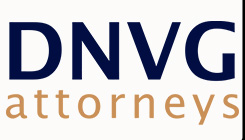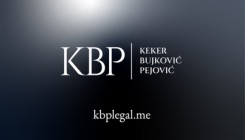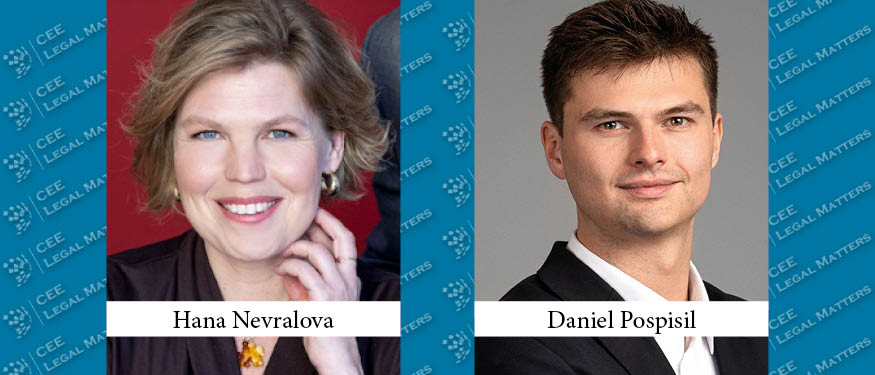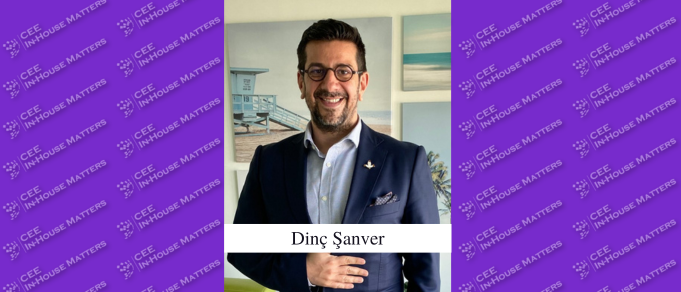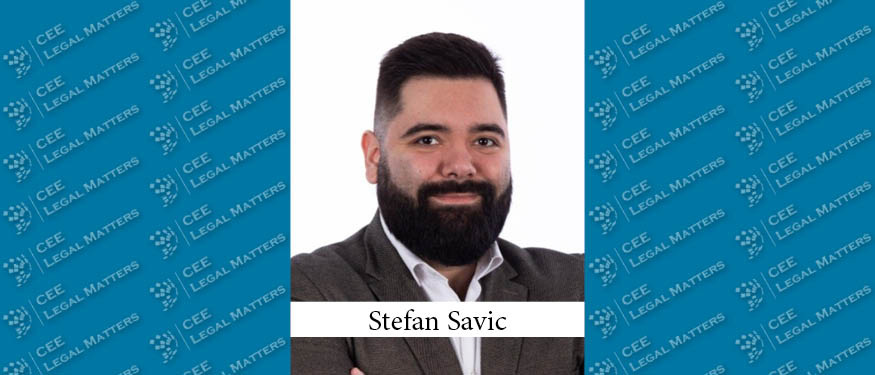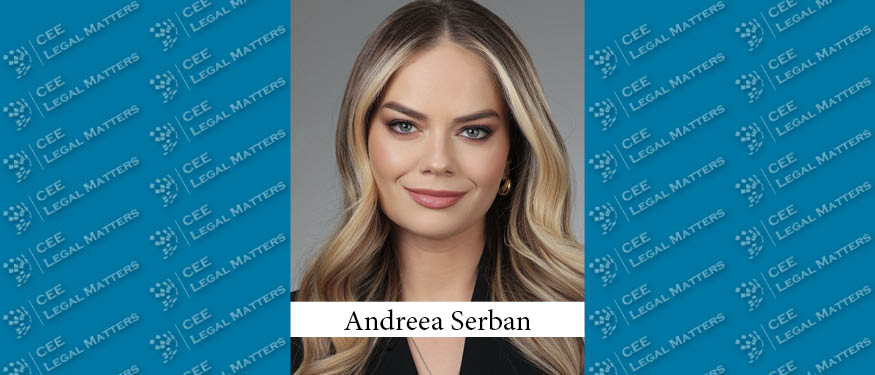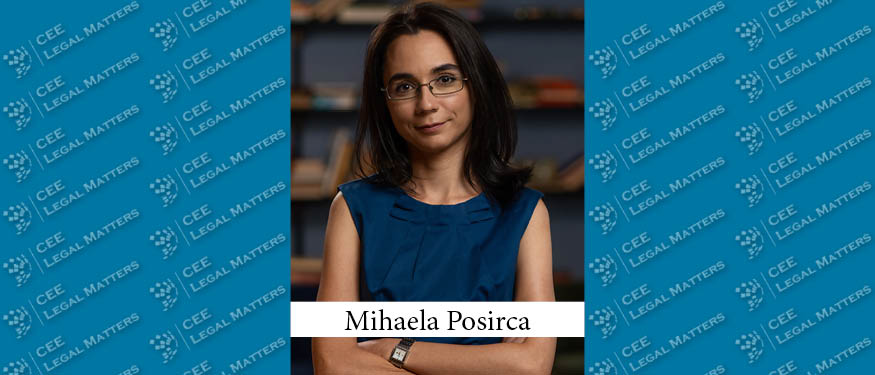Concerns about how the legal profession will be impacted by the ongoing technological revolution are rampant across the industry. Artificial intelligence, distributed ledger technology (blockchain), and robots, among other things, are already altering the way lawyers serve clients in fundamental ways, and the influence of these new tools and technologies will almost certainly increase in years to come.
Indeed, the rate of innovation in the past 25 years has been staggering. Increasingly, it appears that change is a way of life, rather than a temporary period of transition. The question of what the legal industry will look like in 10, 20 or 50 years down the road is almost impossible to answer.
Undaunted by that challenge, two speakers at the 2019 Balkan GC Summit – one a senior in-house counsel and one a senior partner at a leading regional law firm – provided valuable insight about ways lawyers can not only survive this transformative era, but benefit from it.
The In-House Perspective
Misa Vorotovic, Senior Counsel for Southeast Europe at Phillip Morris International, believes that the key to surviving this transformative period is to embrace and engage with it directly. “You cannot achieve different things by acting in the same manner,” he said. “You have to embrace a startup kind of behavior, as a contrast to the old corporate behavior that most big companies still have.”
Vorotovic believes that, when it comes to transformation and innovation, remaining open-minded to its ultimate significance is critical. “I am reminded of the old Red Flag Act in the UK at the turn of the nineteenth to twentieth century,” he said. “Automobiles had only just come on the market then, and due to their ‘riveting speeds’ they needed to have a person go in front of them with a red flag and herald their approach.” He smiled, noting that “the speed limit was 3km/h.” Ultimately, however, “this conservative approach to innovation almost killed the industry in the process.”
On the other hand, markets where innovation was welcomed, thrived. Vorotovic cited the United States’ different approach to the strange new metallic beasts. “In the USA, the legislator took an open-minded approach, and in most states a speed limit did not exist at the time. Ford launched the Model T with a top speed of 70 km/h, and the rest is history.” Thus, because regulators in the UK “equated cars with horse-drawn carriages,” the industry in that country suffered, while the USA recognized and immediately embraced the brand-new technology.
“And we see these contrasting approaches today as well,” Vorotovic explained. “Rarely are innovative products well-regulated.”
Thus, Vorotovic believes that new products should, in addition to their benefit to the company, benefit the company’s clients – and society as a whole. “In order to be able to achieve this, lawyers in firms must demark the areas of permissible and unacceptable,” he posited. “In PMI we have a traffic light approach – labeling things red, green, and yellow – and it is the stuff that is yellow that is the in the zone of counseling in uncertainty. That is the big challenge.”
Vorotovic stated that the best way to tackle innovation is through hypothesis-testing, and that “any issue in decision-making can be simplified in several actions – do or do not – and these actions may cause two types of errors: accepting the wrong hypothesis, or denying the right one.” Depending on the situation, the consequences of type of error or the other might change, he said. “Sometimes it is more important to avoid denying the right hypothesis than to accept the wrong, or the other way around.”
In order to conduct a thorough cost-benefit analysis, so that a “GC may see what types of costs and consequences are associated with an action,” Vorotovic believes that “close interaction with the relevant company business function is necessary.” This can put the GC in a better position to assess any errors in business judgment and ascertain the chances of them occurring. “Decision-making is no longer the sole prerogative of C-level executives. And GCs, and lawyers in general, must be creative and innovative as much as the product their company makes.”
The Private Practice Perspective
“What does it mean to be in the present?” asked Rastko Petakovic, the Managing Partner at Karanovic & Partners. “Not to be an antique, and not yet quite an AI-powered law office?”
In a world fraught with technological advances in sales, product delivery, and autonomous cars,” Petakovic noted, the legal industry is obviously impacted as well. “Current market surveys seem to suggest that the ‘middle ground’ is shrinking,” Petakovic observed, noting that “clients seem to want more facetime with their legal advisors as well as deep expertise.” As a result, he noted, the “firms in the middle” are taking a big hit. “It can currently be seen in the US, with the biggest and the smallest law firms seeing an increase in profitability, and the firms in the middle being slowly extinguished.”
Still, Petakovic reported, even though “global trends are changing, industries are changing, consumers are changing, and the workforce is changing … legal seems not to be changing as much.” As before, “established, leading firms are still generating huge amounts of profit, growing their workforce, and engaging more clients.”
As a result, Petakovic insisted, it would be a mistake to rate the current situation in the legal industry as dire. Ultimately, he suggested, there are four crucial aspects to providing superior service to clients in the current era: “For starters, it is imperative that you provide flawless legal care – almost a healthcare-like service, to your clients. You must always be sharing with the client about pretty much everything. Fostering a feedback-rich environment will breed outstanding client care.”
Second, he said, law firms should offer “advanced support,” which “includes providing clients with e-learning programs and compliance training programs.” According to him, “you need to deliver stuff instantaneously, via apps if need-be. Be sort of like a subscription-based service for your clients.”
Third, Petakovic said, it is important to embrace new technologies, as “using new tools, like RegTech systems, compliance decision trees, and the like” will lead to a more productive and efficient law office.
Finally, he said, a “zero-tolerance policy” must be implemented when it comes to information and security breaches – protection of confidentiality, data, and legal privilege must be absolute. “Both external lawyers and in-house teams must experiment with more startups and new tech in order to discern what best can they make of it.”
“I am looking forward to the time when a system will replace lawyers in producing content,” Petakovic concluded. “But in order for that to occur we must work with developers to create it.” The key is to see this period of change not as a a potential threat to lawyers’ jobs, Petakovic said, but as a valuable opportunity. “The system will still need lawyers to experiment with it and guide it. We should learn how to think both like a developer and as a business analyst.”
Ultimately, demand for human lawyers will still exist, he smiled, for “as long as regulatory agencies are made up of people rather than systems – we’re still ahead of machines in figuring out how people think – and approach matters.”
This Article was originally published in Issue 6.11 of the CEE Legal Matters Magazine. If you would like to receive a hard copy of the magazine, you can subscribe here.




